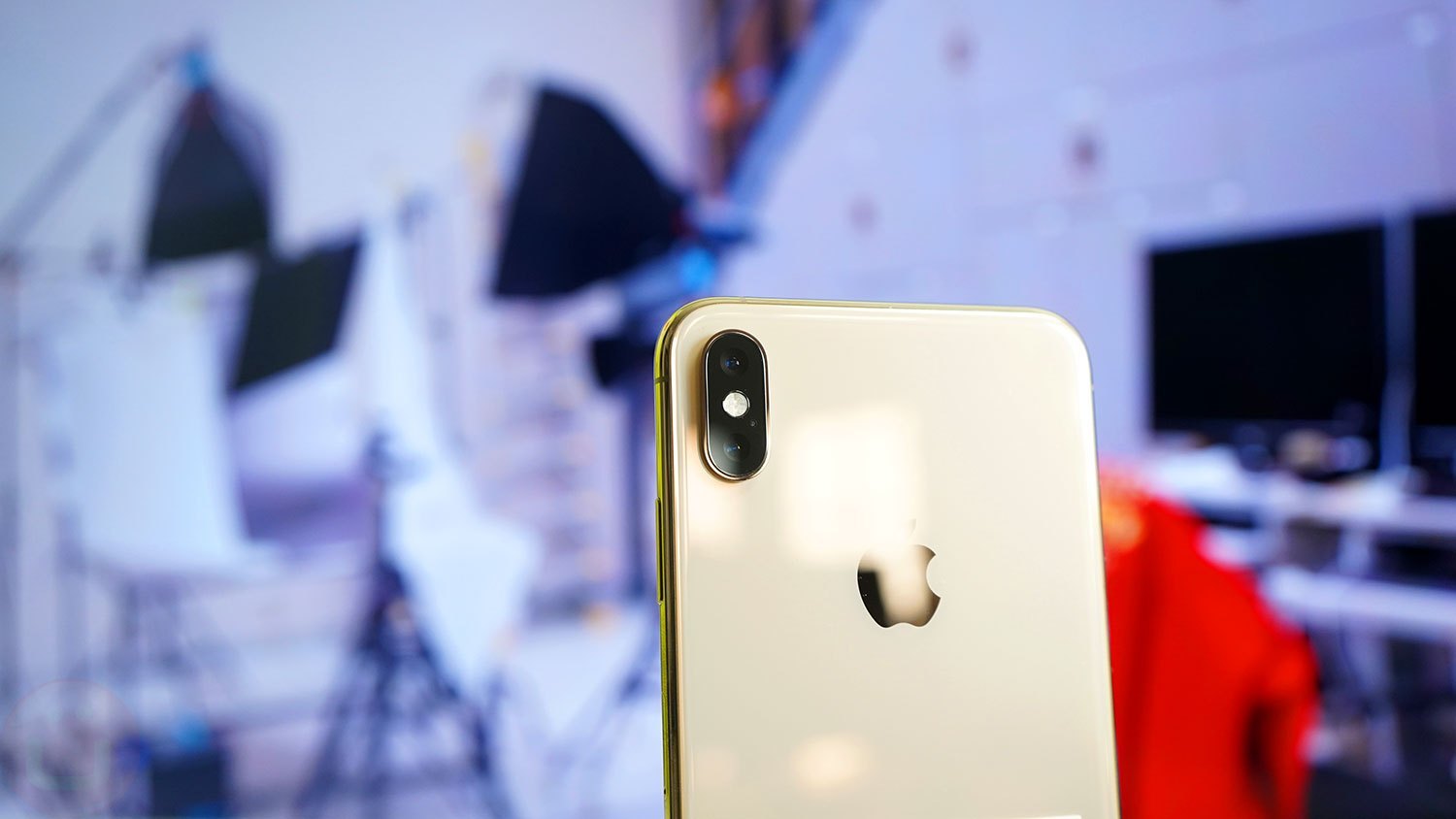Science has been a blessing to humanity, providing many new technologies to ease our lives. Quantum dots nanotechnology is another such gift of science that we have to ourselves. They are nano-scale crystals made by man and were first invented in the 1980s. Quantum dots can emit different colors by converting a spectrum of light. However, depending on the sizes, each quantum dot will emit a different color. Their shape and material also give them various properties, suitable for multiple uses, especially when it comes to smartphones. Here are a few applications of quantum dots for smartphones.
As LEDs
Quantum dots are very commonly used for display screens. Due to their exceptional physical properties, which makes them both electroluminescent (electro-active) and photoluminescent (photo-active). These features allow them to be especially well suited for display screens and may as well be considered next-generation display’s core. If compared to OLEDs or Organic light-emitting diodes, which uses organic luminescent elements, quantum dots provide you with purer and more vibrant colors.
On top of that, they also have a longer life-time and have lower power consumption and manufacturing costs. Quantum dots also provide another advantage. Quantum dots can be installed on almost any substrate, which can thus give you flexible, printable, as well as rollable quantum dots display, which may come in all sorts of sizes.
For detecting bacteria
Though still a theory, researchers have come with the idea of using quantum dots with a smartphone camera to detect bacteria such as Staphylococcus aureus, which causes diseases such as infections in the heart valve and pneumonia. Because these bacteria resist antibiotics, it is even more dangerous. By using quantum dots in a phone in a particular manner, researchers can not just detect the said bacteria but also kill it. It can do so under 40 minutes, which may save the lives of the patients by a drastic margin. However, though it is still in the concept stage, it can even prove extremely useful in the medical industry.
As Superchargers
It takes around 2-3 hours for a smartphone to charge itself up to 100% completely. Considering how our smartphones have become a daily necessity in our lives, to have it by us all the time has become essential. Therefore, to have it charge for such a long time may put a stop to our schedules. But what if instead of 2-3 hours, your phone would charge itself entirely in about 30 seconds? Yes, there is a technology by a start-up based in Israel. This startup has come up with the technology to do just that. The answer, of course, is quantum dots. This Israeli startup uses quantum dots instead of electrons generating electrolytes that are used in traditional batteries. What we get from that is a battery that is over five times stronger than your usual battery, as well as considerably smaller. Research is being done to make it smaller and more compact, with the prototype being prepared for upcoming smartphones.


